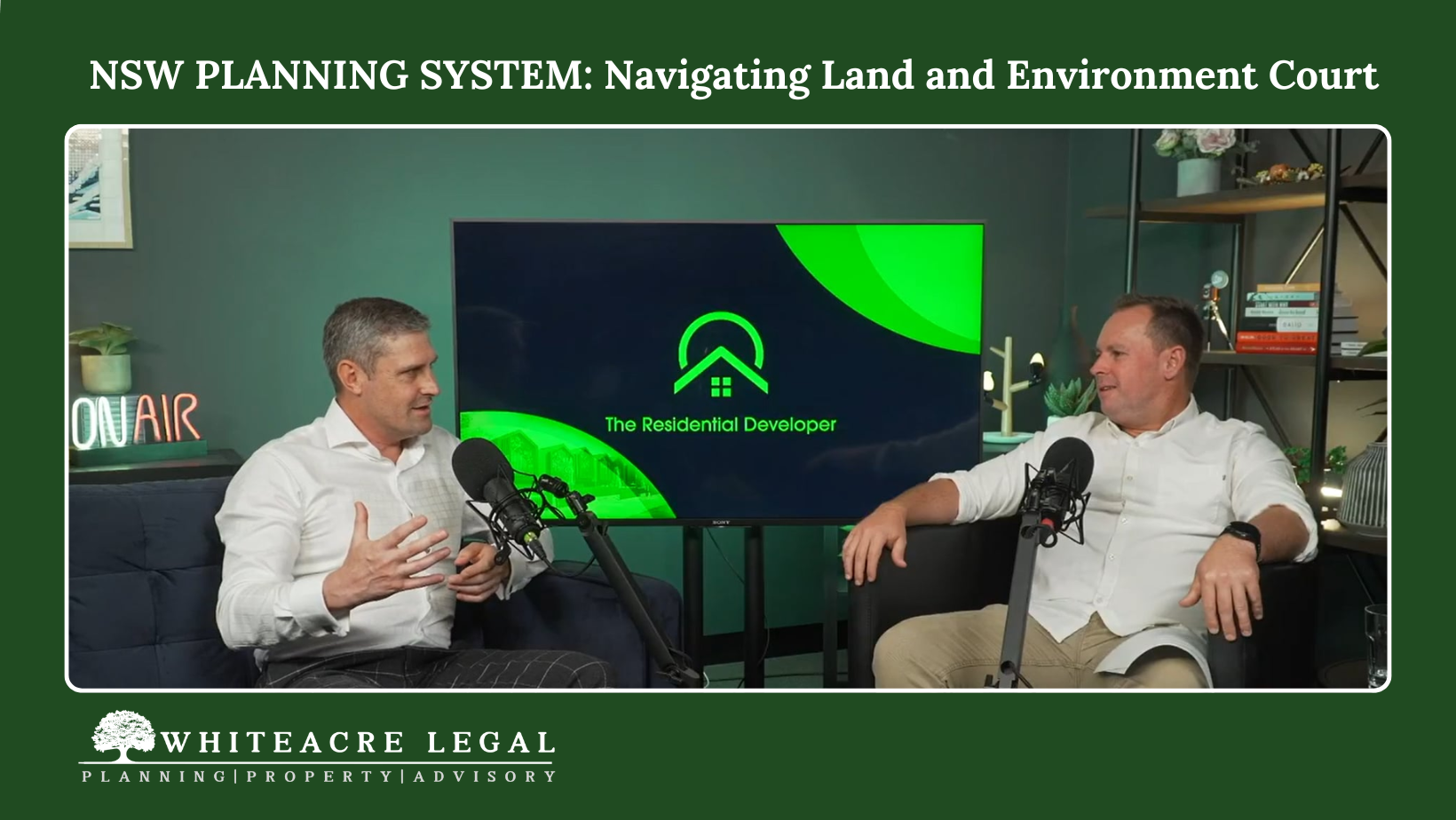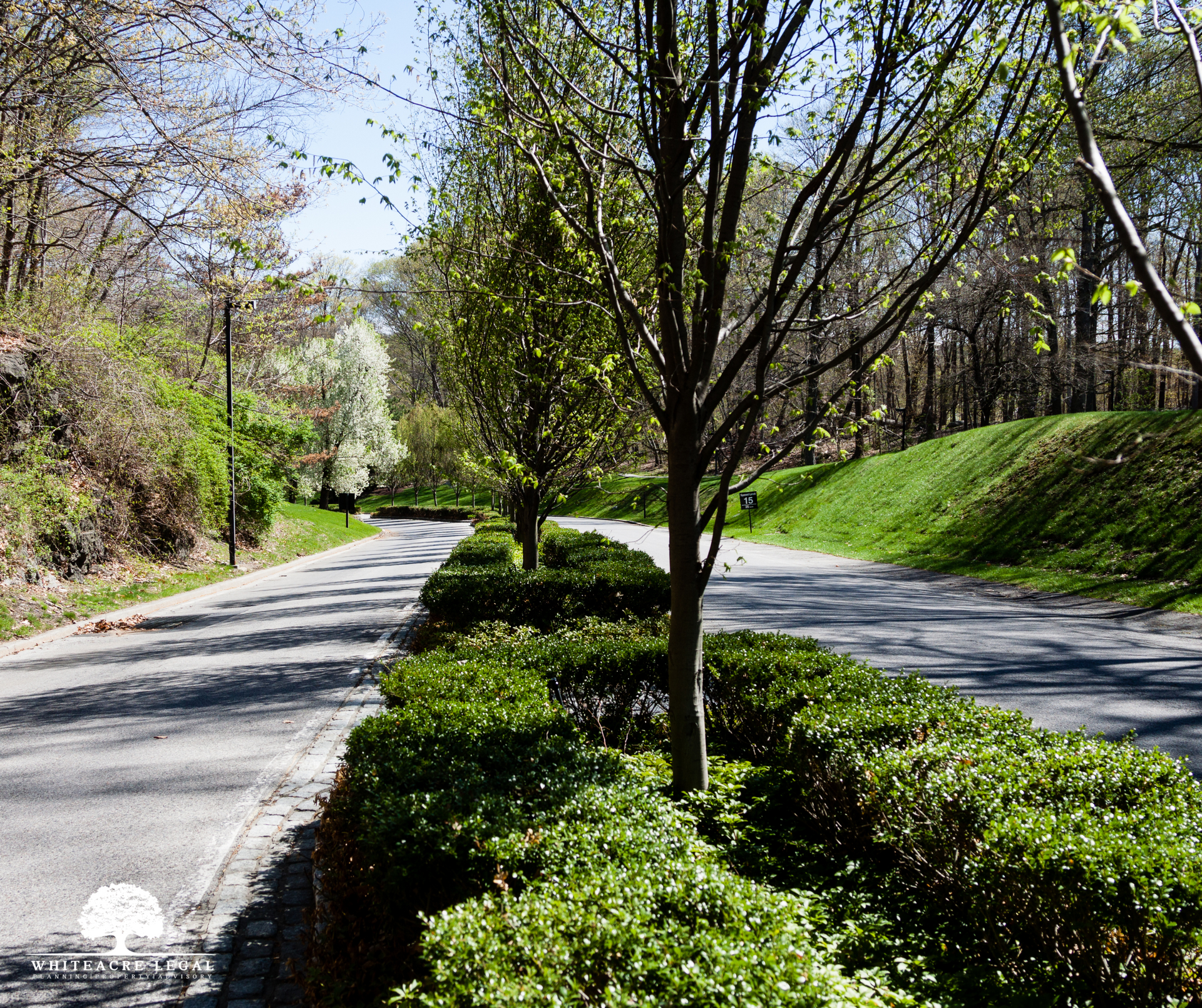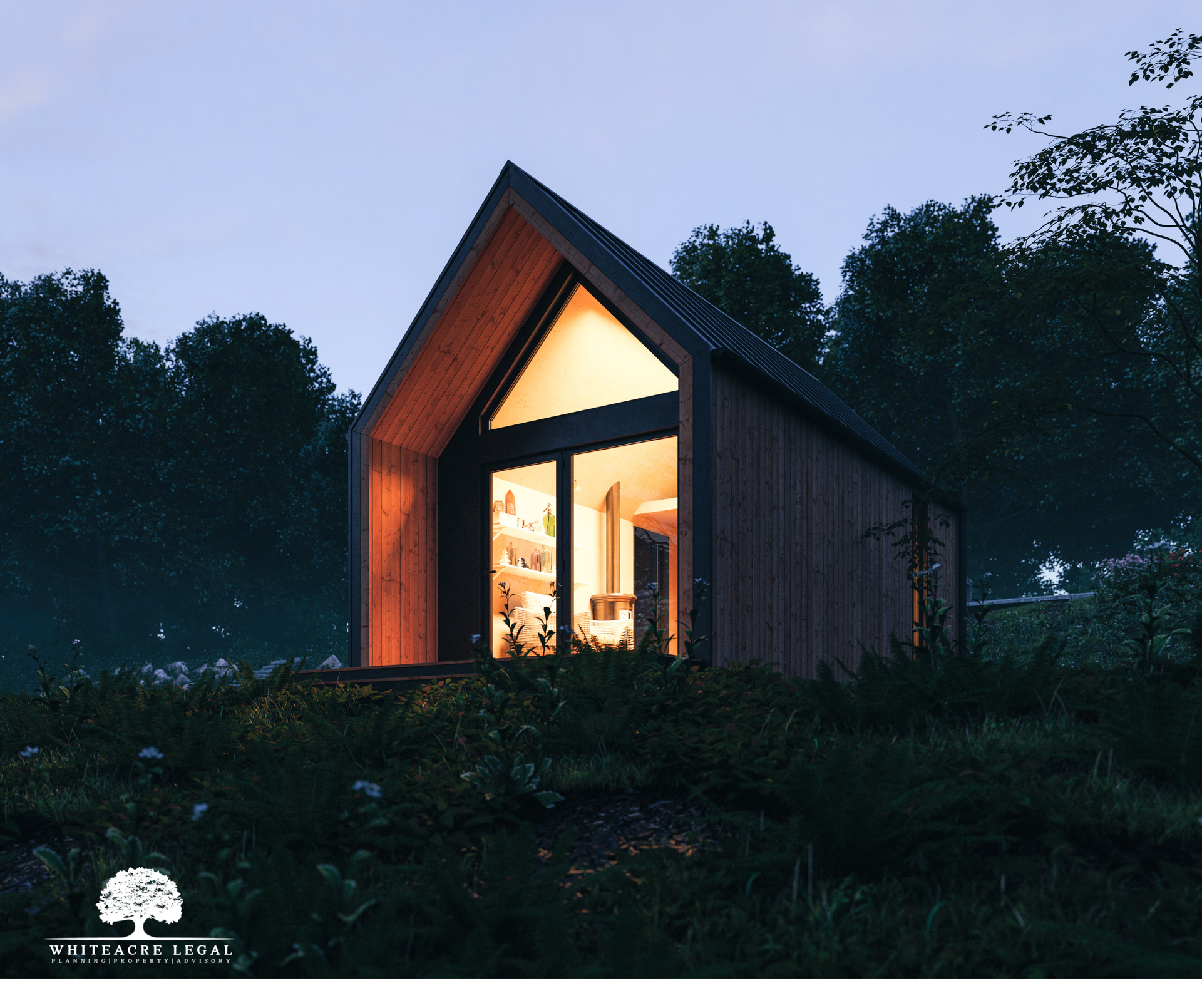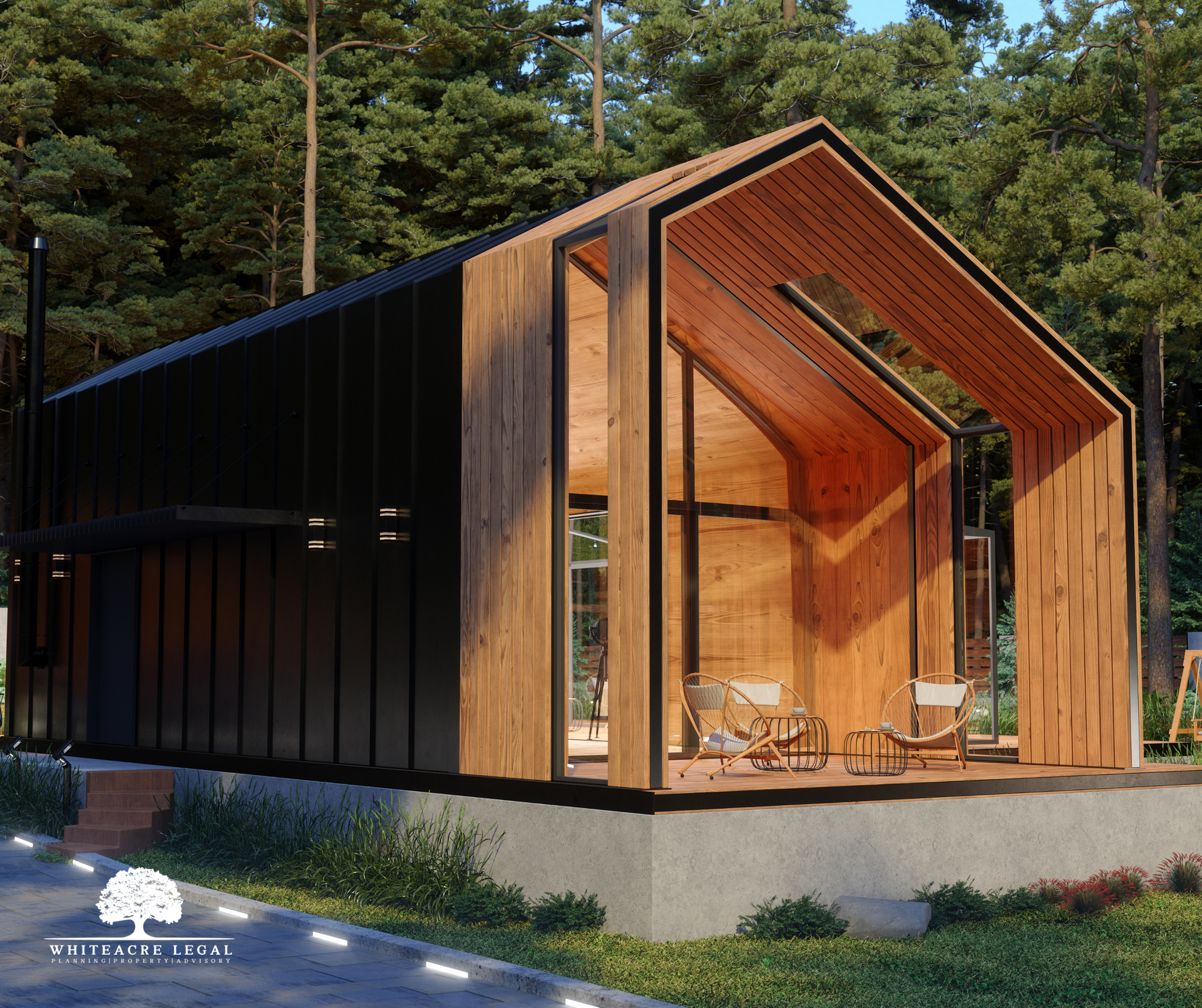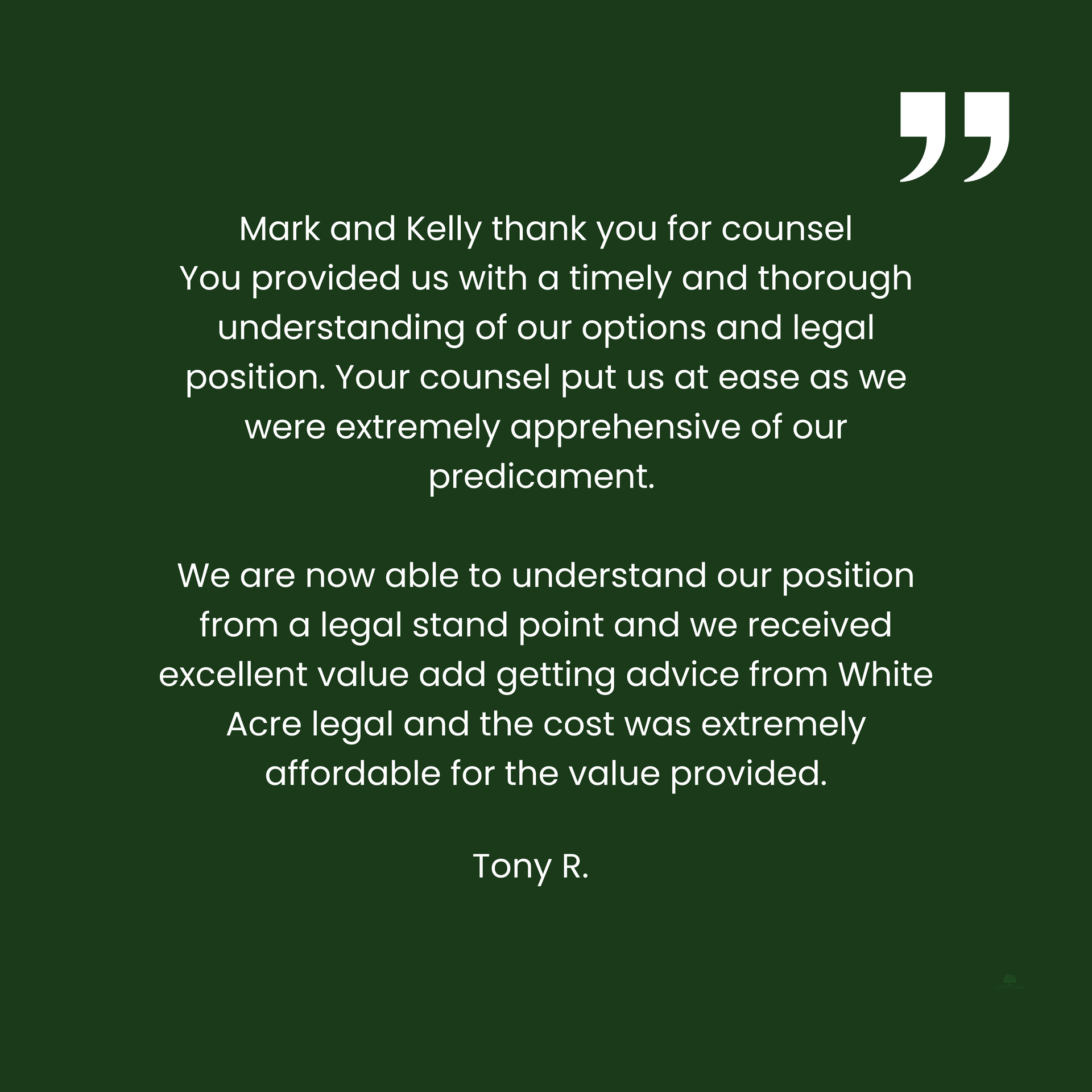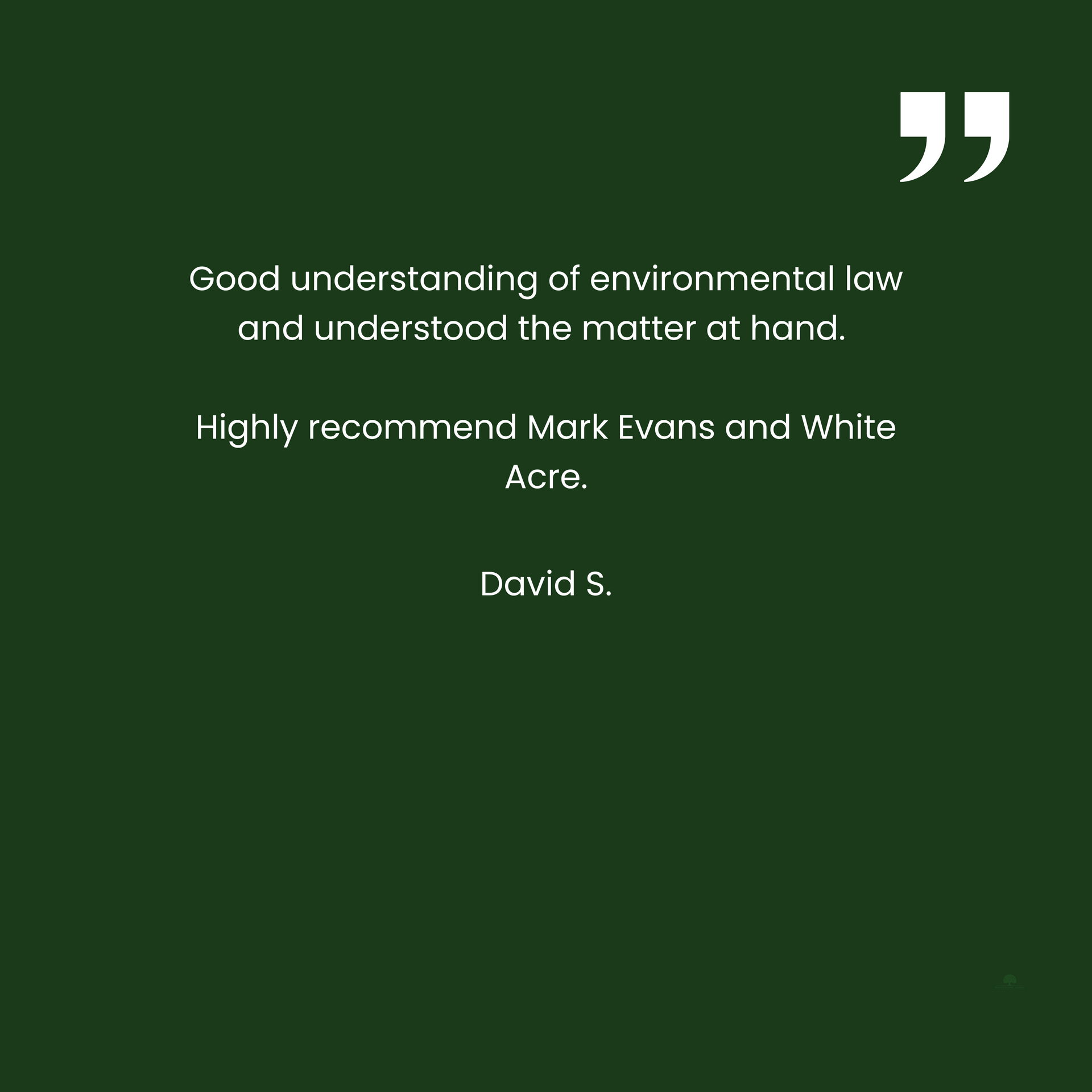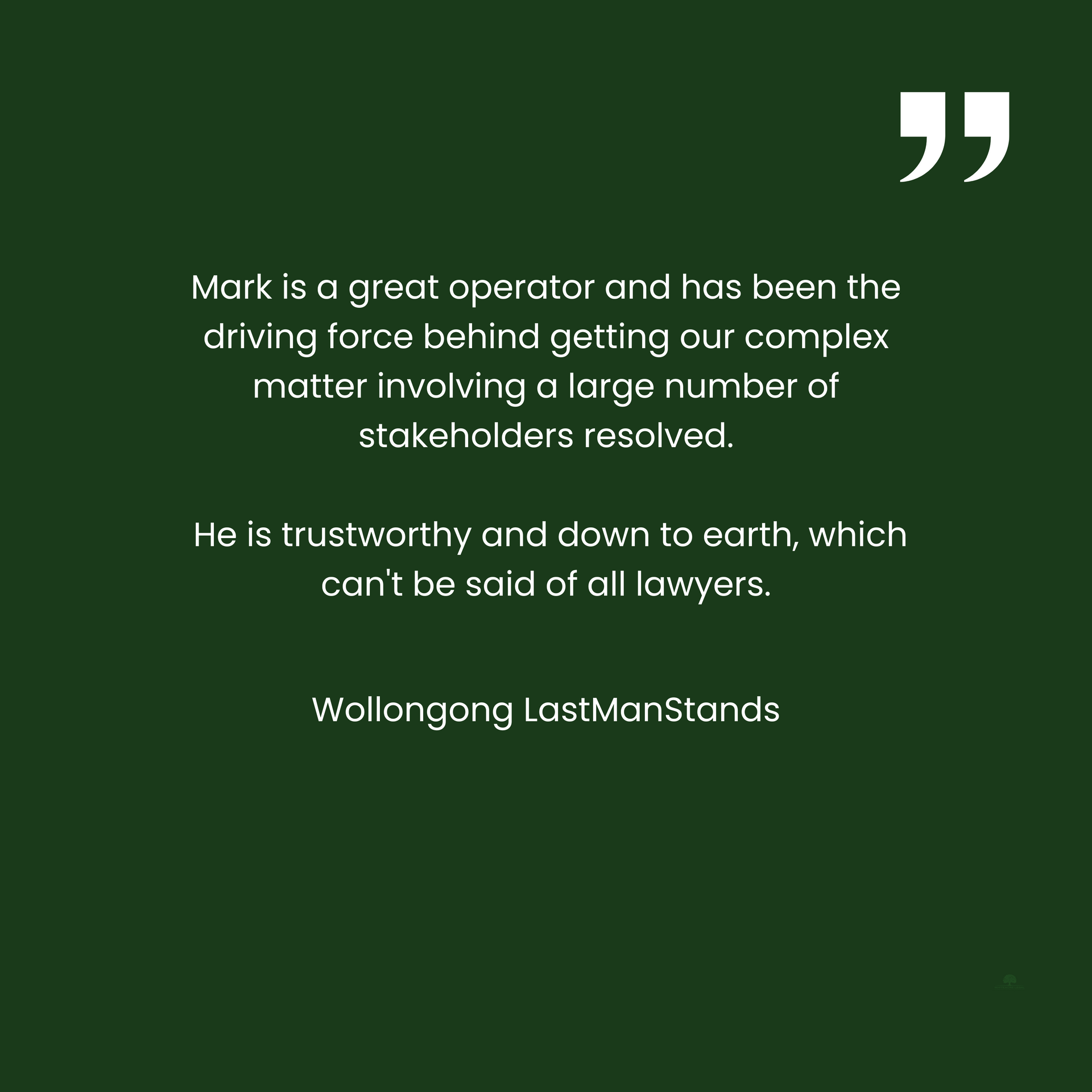Characterisation of Development in NSW
If you're looking for a planning and environment law solicitor, look no further. Whiteacre has got you covered, offering trusted and professional advice and representation for all matters involving planning and environmental law.
Characterisation of development can be tricky and this article discusses how to characterise development and some of the guidance given by the NSW Land and Environment Court on this topic.
Why is “characterisation” important?
If you are considering making an application for development consent, one of the first things you will need to confirm is whether your proposed development is permissible (with consent) in the relevant local zoning.
All land is given a specific zoning under the relevant local environmental plan (LEP) for that area, for example “R2 Low Density Residential” or “RU1 Primary Production”. The relevant LEP will set out types of development that are permissible (with consent) and prohibited within that zone, for example “dual occupancies” and “dwelling houses” might be permissible, whilst “boarding houses” and “group homes” might not.
Accordingly, it is important to characterise development properly because it can mean the difference between your proposed development being permissible (with consent) or prohibited.
Characterisation of development
The principles relevant to characterisation were identified in Chamwell Pty Limited v Strathfield Council [2007] NSWLEC 114 and Shire of Perth v O'Keefe [1964] HCA 37.
From Chamwell we learn that the use of land must be for a purpose. The use of land involves physical acts by which the land is made to serve some purpose. For example, the physical acts on the land might be construction of a house and landscaping but the purpose is the use of a dwelling house, that is the ordinary occupation of the house as a domicile.
In the case of retail development, such as a supermarket, the purpose can only be achieved by the physical acts of constructing the retail space, building a loading dock and carpark, installing signage and so on. These are the physical acts to build the supermarket and are the means by which the land is made to serve the retail purpose of the supermarket and are viewed together as a whole, not independently.
This was important in Chamwell because retail premises were permitted on part of the site but not on others. The applicant contended that part of the development that occurred in the basement and areas where retail was prohibited were actually “roads” and “carparking”, both uses which were permissible with consent. In contrast, the NSW Land and Environment Court held that the characterisation of the entire development is that of “retail premises” and all of the associated activities in the development application for the retail premises (the supermarket) fell within that characterisation. The proper characterisation of the construction of the roads and carpark were not construction of roads and a carpark in and of themselves, but part of the necessary construction of a supermarket. If the use of the land for a supermarket is permitted on some of the site, but not on others, the use will not be permitted.
The important lesson from
Chamwell is that the proposed development must be looked at as a whole and not broken into discrete parts and it is the ultimate purpose of the proposed development that is important. Again, using the example of a house, a single physical structure of a house can be made to serve many different purposes, some of which may be permissible uses, others prohibited. The house may be used as a simple residential dwelling (permissible), pet grooming business (permissible), brothel (prohibited), boarding house (prohibited).
A number of different uses
Where things can get tricky is that a number of different uses may occur within a single premises at the same time. Consider the humble old service station which will usually comprise a number of different uses – retail sale of petrol products, attached workshop for minor repairs and sale of food and drinks inside the shop. The service station may enjoy a development consent for use as a service station (permitted) while the sale of food and drinks inside the shop form an ancillary or subservient use of the land. Provided the sale of food and drinks inside the shop form an ancillary or subservient use and the use as a service station remains the dominant purpose of development on the land, it will be permissible. However, if the retail sale of petrol products ceases or the sale of food and drinks dominates the site it may be an independent use on the same land or a dominant use and require development consent or even be prohibited within the site.
As you can see, characterisation of development is important but can often be tricky and involve matters of fact and degree. This is a complex area of law and if you are concerned about the development you are proposing and how it may be characterised or whether it may be permissible or prohibited, contact us and we can advise you on the appropriate course to take.
Contact Us
Browse by categories

Servicing all of NSW, Whiteacre provides expert property law and planning and environment law advice and assistance.
✓ Planning Law Advice
✓ Land and Environment Court Appeals
✓ Voluntary Planning Agreements and Contributions
✓ Development Control Orders and Enforcement
✓ Property Development Advice and Due Diligence
✓ Title Structuring
✓ Easements and Covenants
✓
Strata and Community Title legislation
Book an initial consultation through our website with our planning law solicitor. Whether it's about planning and environment law or property law, you can approach us and discuss your matter to make sure we are a good fit for your requirements.

